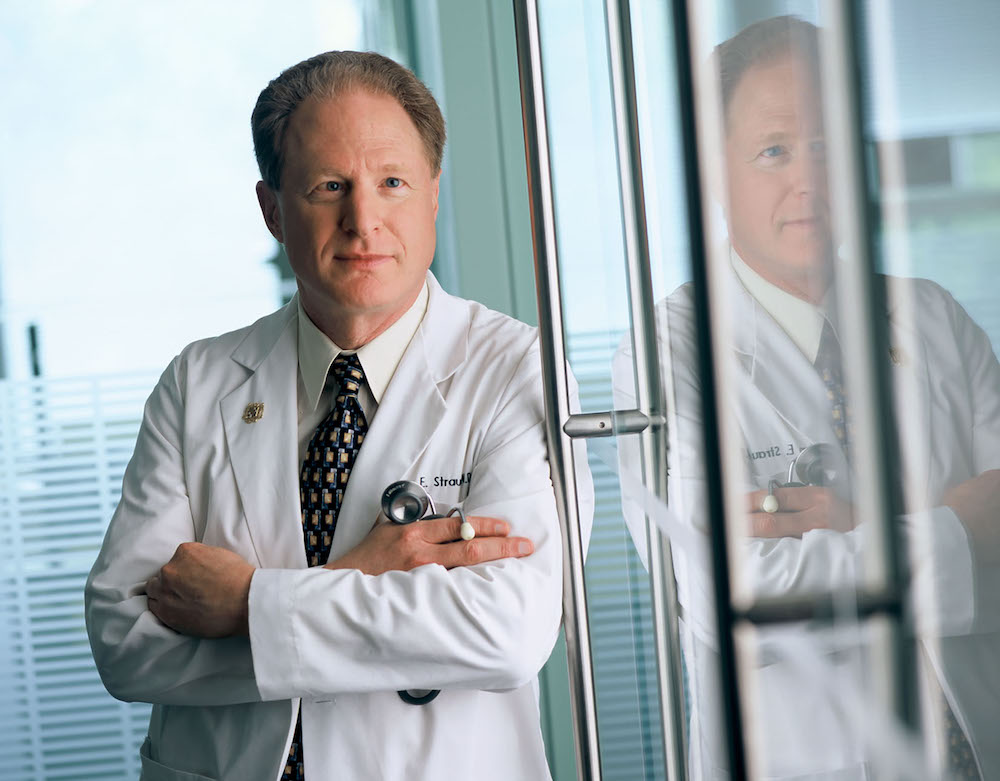NCCIH Timeline
1990s
October 1991
The U.S. Congress passes legislation (Public Law 102-170) that provides $2 million in funding for fiscal year 1992 to establish an office within the National Institutes of Health (NIH) to investigate and evaluate promising unconventional medical practices.
October 1992
Dr. Joseph J. Jacobs is appointed the first Director of the Office of Alternative Medicine (OAM).
June 1993
The NIH Revitalization Act of 1993 (P.L.103-43) formally establishes the OAM within the Office of the Director, NIH, to facilitate study and evaluation of complementary and alternative medical practices and to disseminate the resulting information to the public.

October 1998
Congress authorizes making the OAM into an independent Center at NIH, called the National Center for Complementary and Alternative Medicine (NCCAM).
February 1999
The U.S. Secretary of Health and Human Services (HHS) signs the organizational change memorandum creating NCCAM and making it the 25th independent component of NIH.

May 1999
NCCAM awards its first research project grant.
May 1999
The NCCAM Trans-Agency CAM Coordinating Committee is established by the NCCAM Director to foster the Center's collaboration across the HHS and other Federal agencies.
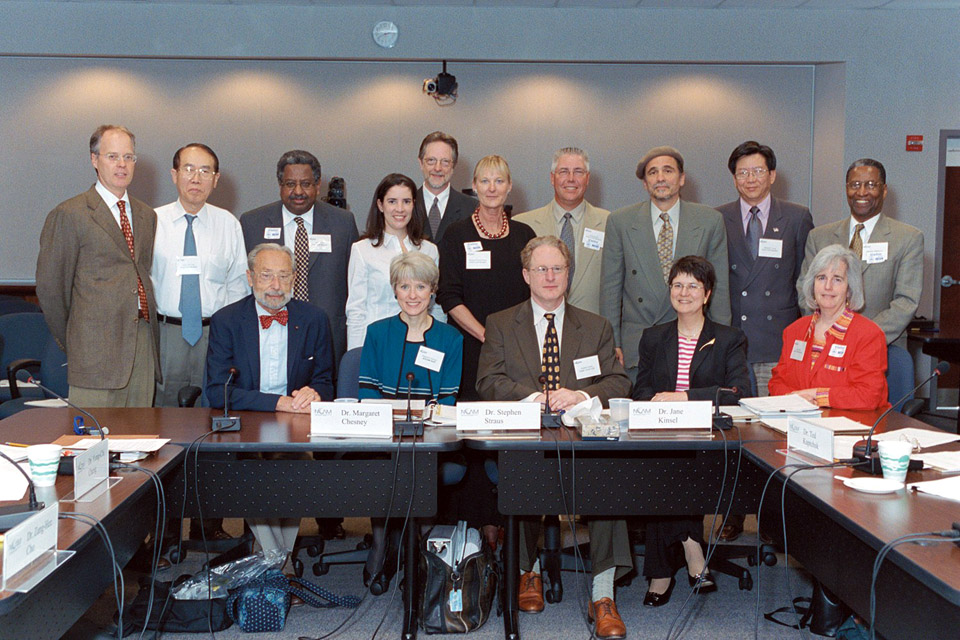
August 1999
The National Advisory Council on Complementary and Alternative Medicine is chartered.
2000s

September 2000
NCCAM publishes its first 5-year strategic plan.

February 2001
NCCAM and the National Library of Medicine launch CAM on PubMed, a tool for searching the scientific literature for information on complementary health approaches.
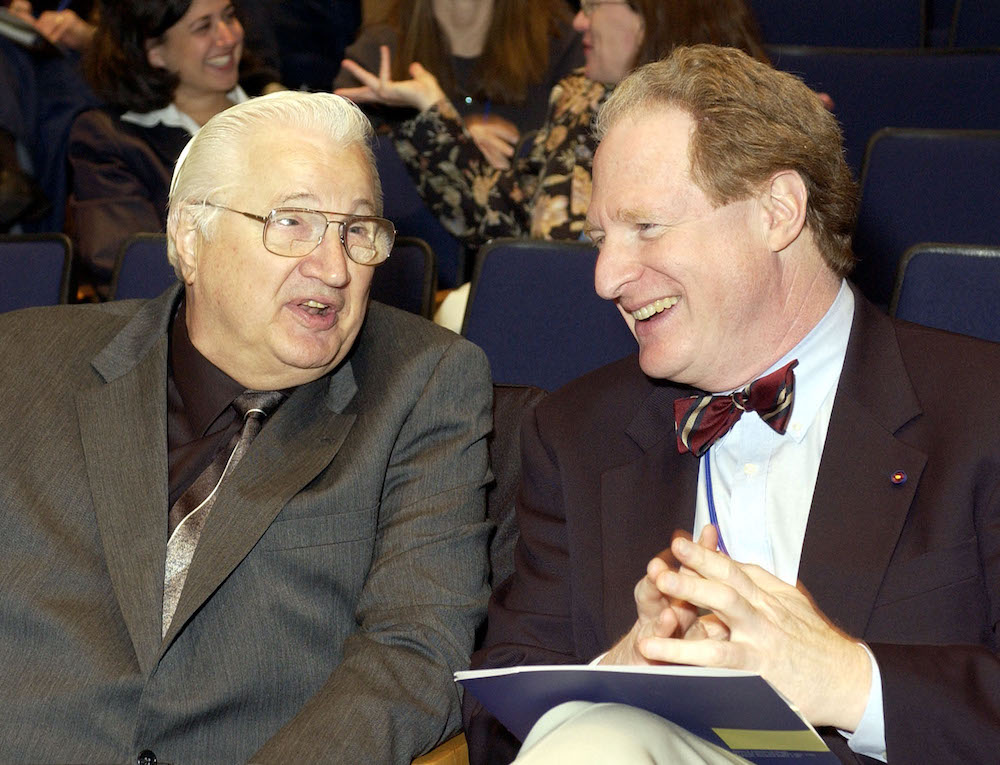
March 2002
NCCAM inaugurates a new lecture series on the NIH campus, “Distinguished Lectures in the Science of Complementary and Alternative Medicine,” with NCCAM Director Dr. Straus delivering the first lecture. In March 2009, the series is renamed in his honor as the annual “Stephen E. Straus Distinguished Lecture in the Science of Complementary Therapies,” supported by the Foundation for the National Institutes of Health with a generous gift from Bernard and Barbro Osher.
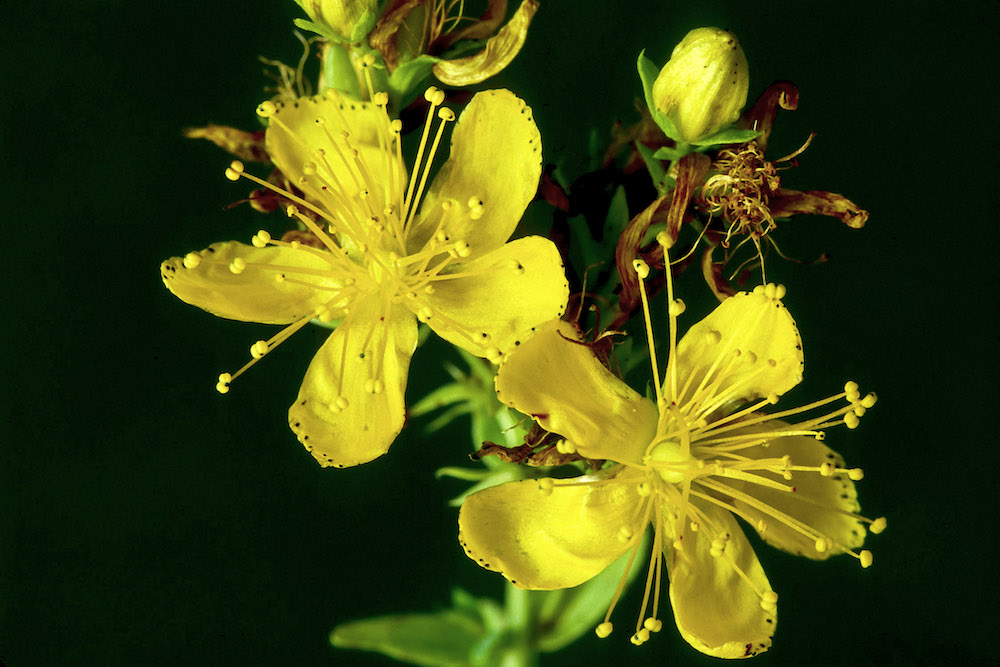
April 2002
A clinical trial funded by NCCAM, the National Institute of Mental Health, and the NIH Office of Dietary Supplements finds that the herb St. John’s wort was no more effective than a placebo for major depression of moderate severity.
May 2004
NCCAM and the National Center for Health Statistics (NCHS) announce findings from a supplement to the 2002 National Health Interview Survey on the use of complementary health approaches by American adults—the largest, most comprehensive survey on this topic to date.
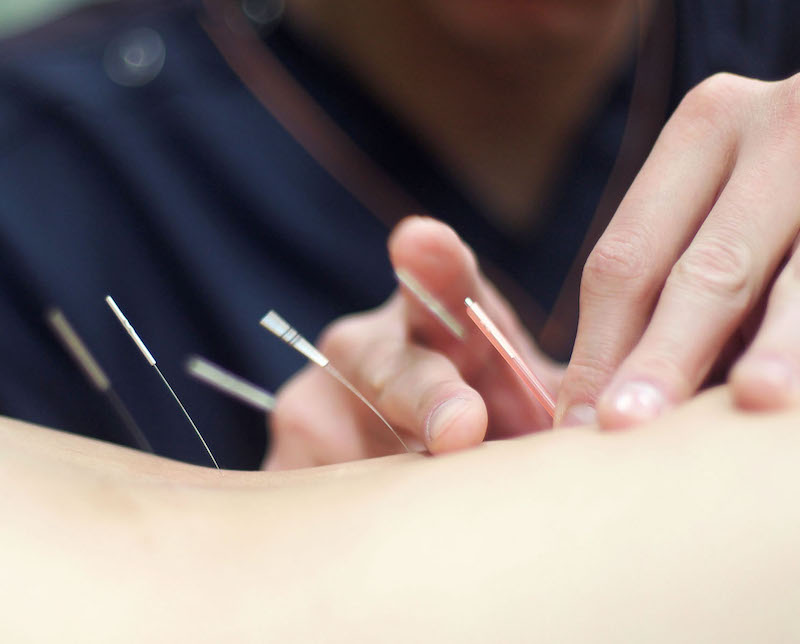
December 2004
A clinical trial funded by NCCAM and the National Institute of Arthritis and Musculoskeletal and Skin Diseases (NIAMS) finds that acupuncture relieved pain and improved function in people with osteoarthritis of the knee.
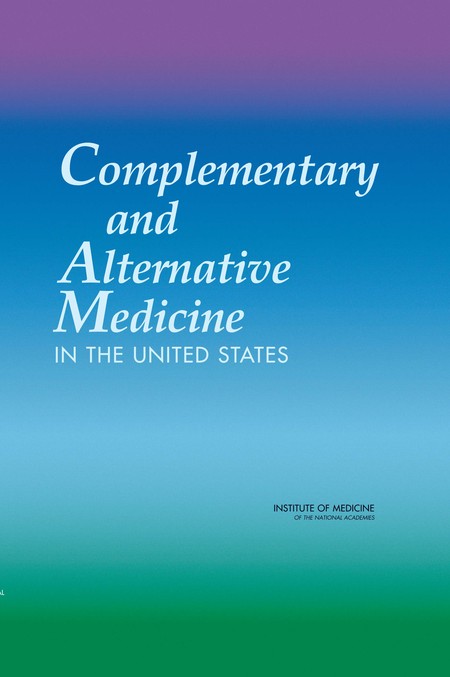
January 2005
The Institute of Medicine releases a report, Complementary and Alternative Medicine in the United States, requested by NCCAM and its Federal partners.
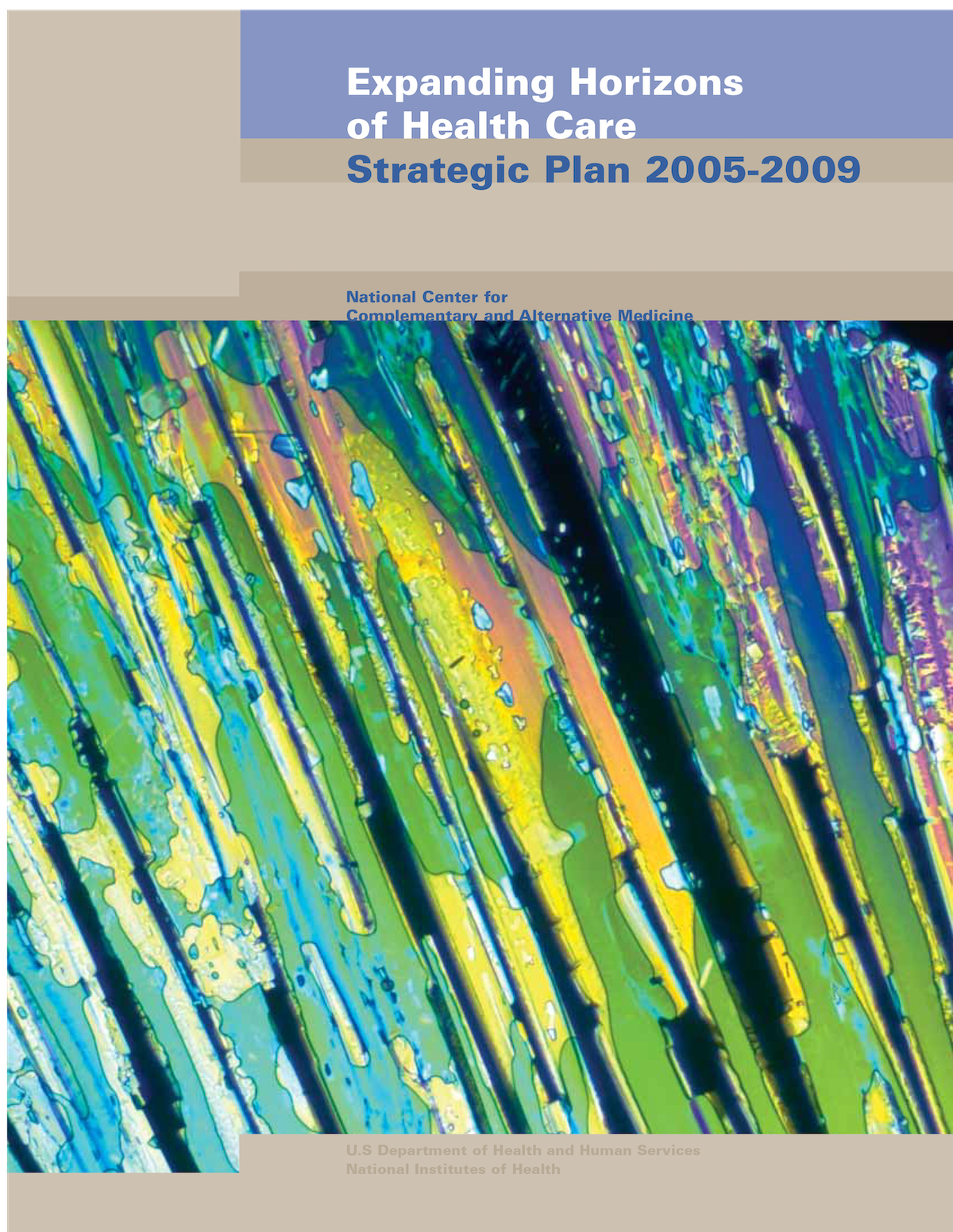
February 2005
NCCAM publishes its second 5-year strategic plan.
February 2006
The Glucosamine/chondroitin Arthritis Intervention Trial (GAIT), a multicenter study supported by NCCAM and NIAMS, shows that glucosamine and chondroitin supplements did not provide significant relief from knee osteoarthritis pain in the total group of study participants. However, pain relief was observed in a subgroup of participants with moderate-to-severe pain.
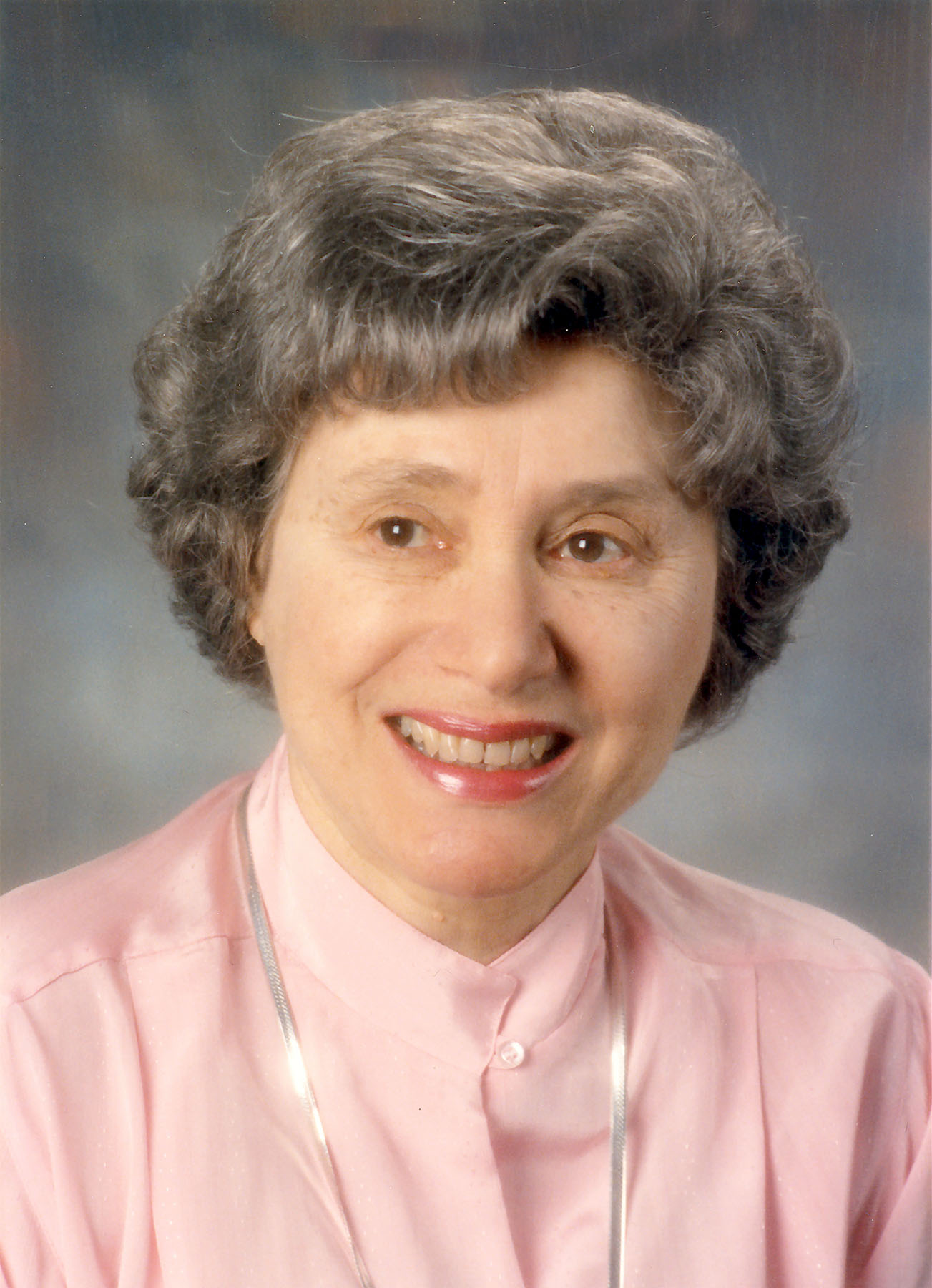
November 2006
Dr. Straus steps down as NCCAM Director, and Dr. Ruth L. Kirschstein becomes Acting NCCAM Director.
May 2007
NCCAM establishes an Integrative Medicine Consult Service at the NIH Clinical Center.
December 2008
NCCAM and the NCHS announce findings from the 2007 National Health Interview Survey (NHIS), including the first comprehensive data on children’s use of complementary health approaches.
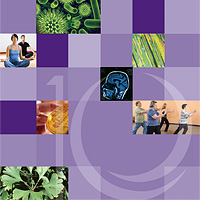
February 2009
NCCAM’s year of events marking its 10th anniversary includes the inaugural Stephen E. Straus Distinguished Lecture in the Science of Complementary and Alternative Medicine and a 10th Anniversary Research Symposium.
July 2009
The 2007 NHIS yields the first nationally representative data on Americans’ spending on complementary health approaches.
September 2009
The inaugural lecture in the Center’s Integrative Medicine Research Lecture Series takes place.
2010s
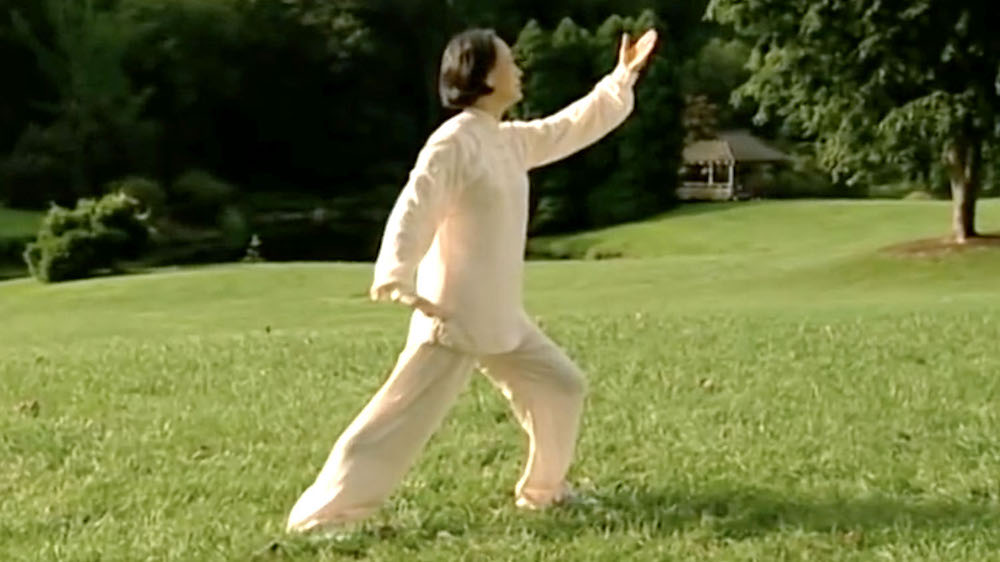
September 2010
A video series from the Center, “The Science of Mind and Body Therapies,” launches, with the first video entitled “Tai Chi and Qi Gong for Health and Well-Being.”

December 2010
An NCCAM-funded study conducted at the University of Wisconsin finds that echinacea did not reduce the duration or severity of symptoms of the common cold. Several earlier, smaller NCCAM-funded studies of echinacea for colds also had negative results.

February 2011
NCCAM publishes its third 5-year strategic plan.
May 2012
The new NCCAM Research Blog offers news and dialogue to the research community about the Center’s projects and initiatives.
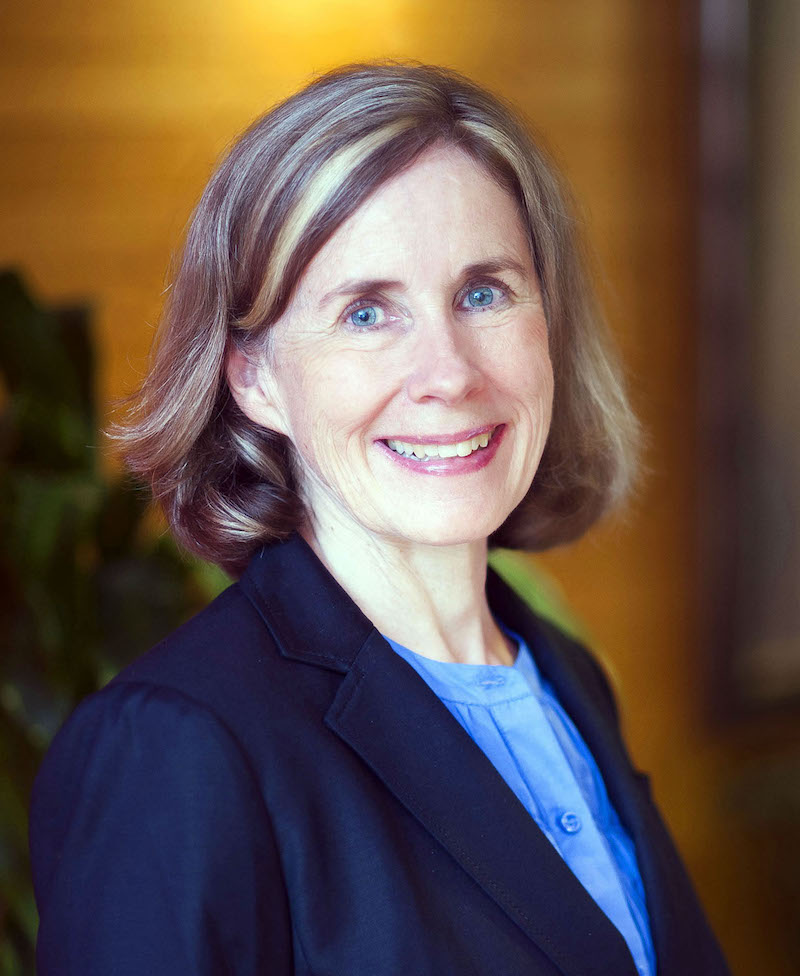
July 2012
NCCAM launches a new intramural research program on the brain and pain, with Dr. M. Catherine Bushnell as its first Scientific Director.

September 2012
NIH funds the Health Care Systems Research Collaboratory, with NCCAM Director Briggs as co-leader and NCCAM as the project’s administrative lead agency and a major scientific contributor.
March 2013
A clinical trial supported by the National Heart, Lung, and Blood Institute and NCCAM shows that chelation therapy modestly reduced cardiovascular events in adults aged 50 and older who had suffered a prior heart attack.

April 2014
The NIH Task Force on Research Standards for Chronic Low-Back Pain releases recommended standards for clinical low-back pain research. NCCAM co-led the task force’s steering committee.
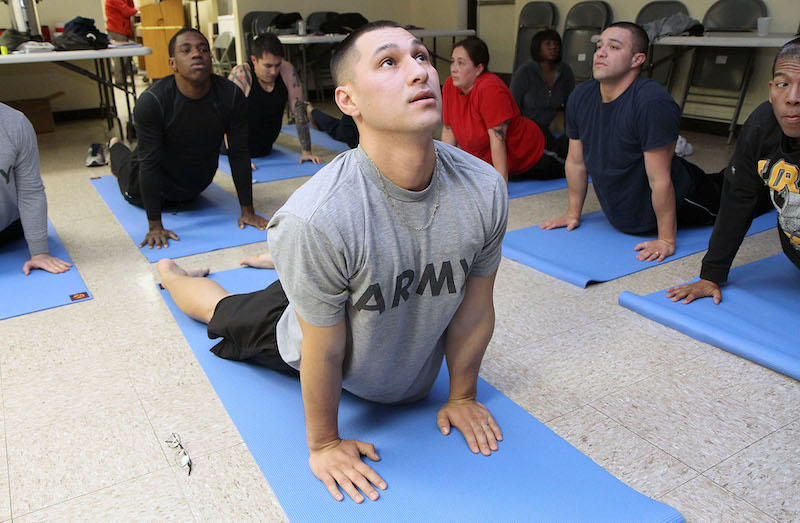
September 2014
In collaboration with the National Institute on Drug Abuse (NIDA) and the U.S. Department of Veterans Affairs (VA), NCCAM funds 13 research projects on nondrug approaches for managing pain and related conditions in military personnel and veterans.
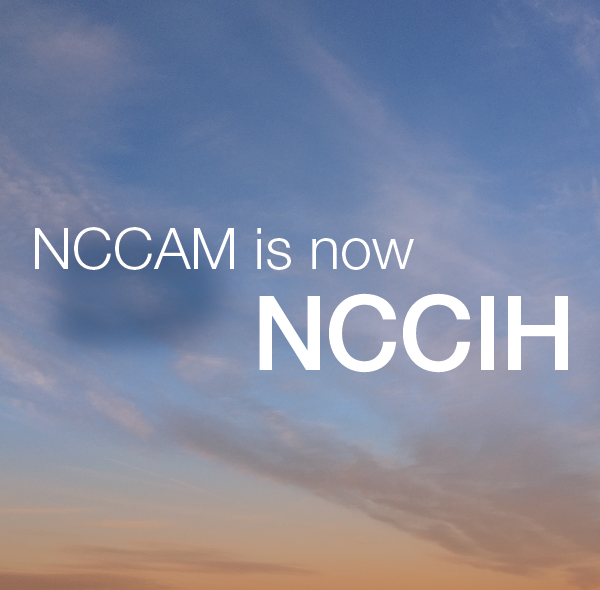
December 2014
Congress renames NCCAM the National Center for Complementary and Integrative Health (NCCIH).
February 2015
The inaugural lecture in the Center’s Integrative Medicine Research Lecture Series takes place.
September 2015
NIH Director Dr. Francis Collins appoints NCCIH Director Dr. Josephine P. Briggs as Interim Director of the NIH Precision Medicine Initiative® Cohort Program, a position held concurrently with the Directorship of NCCIH.
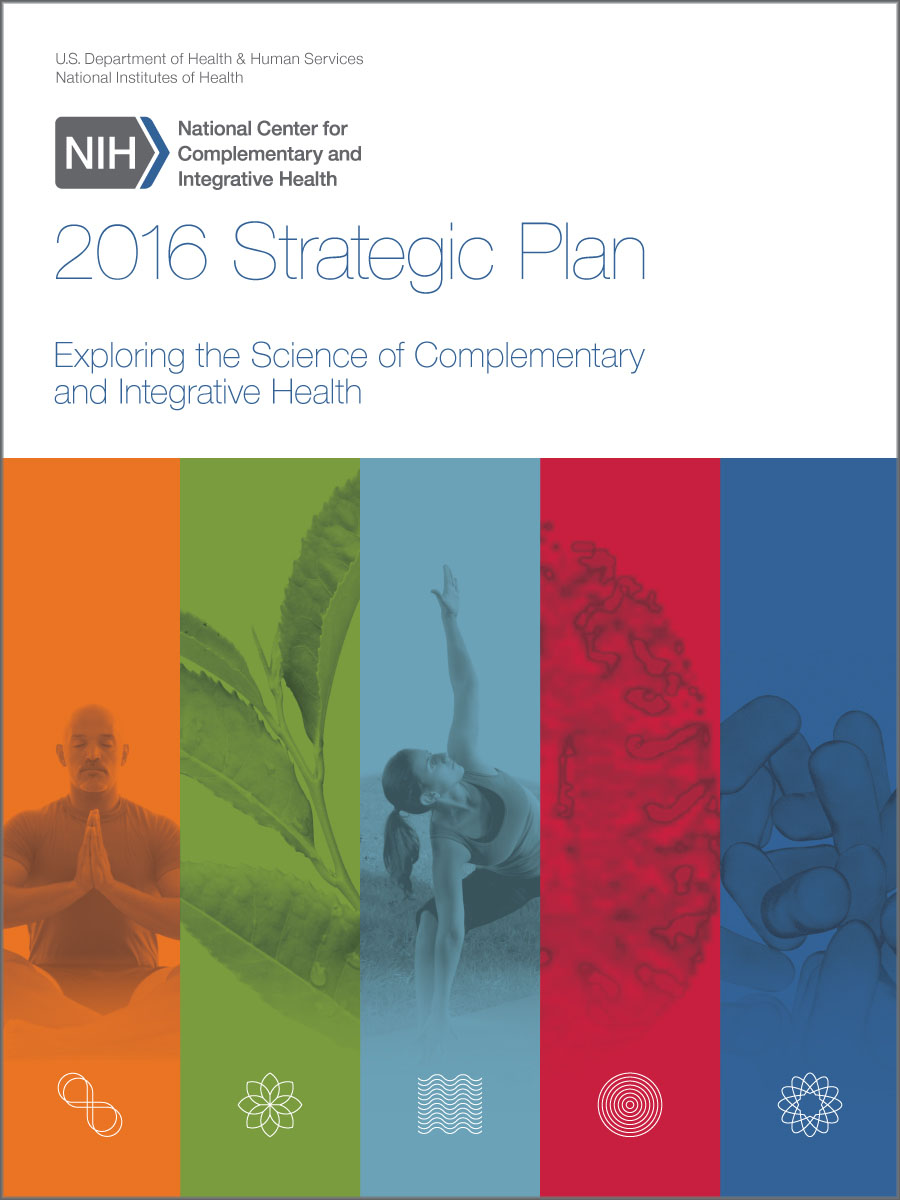
June 2016
NCCIH publishes its new 5-year strategic plan.
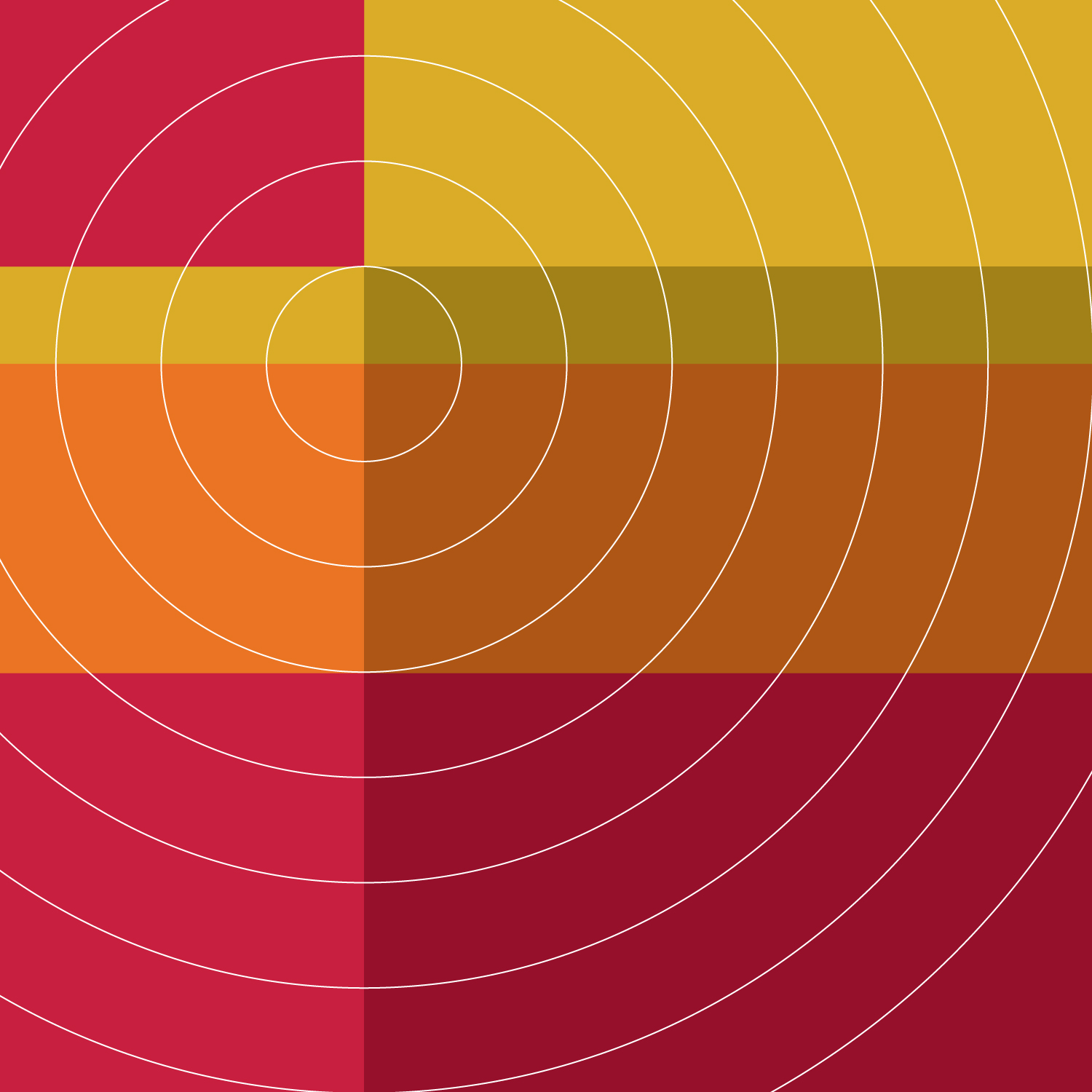
September 2016
Mayo Clinic Proceedings publishes a review by several NCCIH staff scientists of U.S clinical trials on complementary health approaches used for chronic-pain conditions commonly seen by U.S. primary-care providers.

January 2017
Dr. Emmeline Edwards, Director of the Division of Extramural Research, co-chairs the workshop launching the activities of “Sound Health,” an initiative on the relationship between music, the brain, and health. NIH and the John F. Kennedy Center for the Performing Arts, in association with the National Endowment for the Arts, are partners on Sound Health, which expands a previous NIH-National Symphony Orchestra initiative.
September 2017
The U.S. Department of Health and Human Services (HHS), the U.S. Department of Defense (DoD), and the VA announce the NIH-DoD-VA Pain Management Collaboratory, an initiative modeled on the NIH Health Care Systems Research Collaboratory. NCCIH serves as the lead agency and contributes more than half the funding in this interagency research partnership.
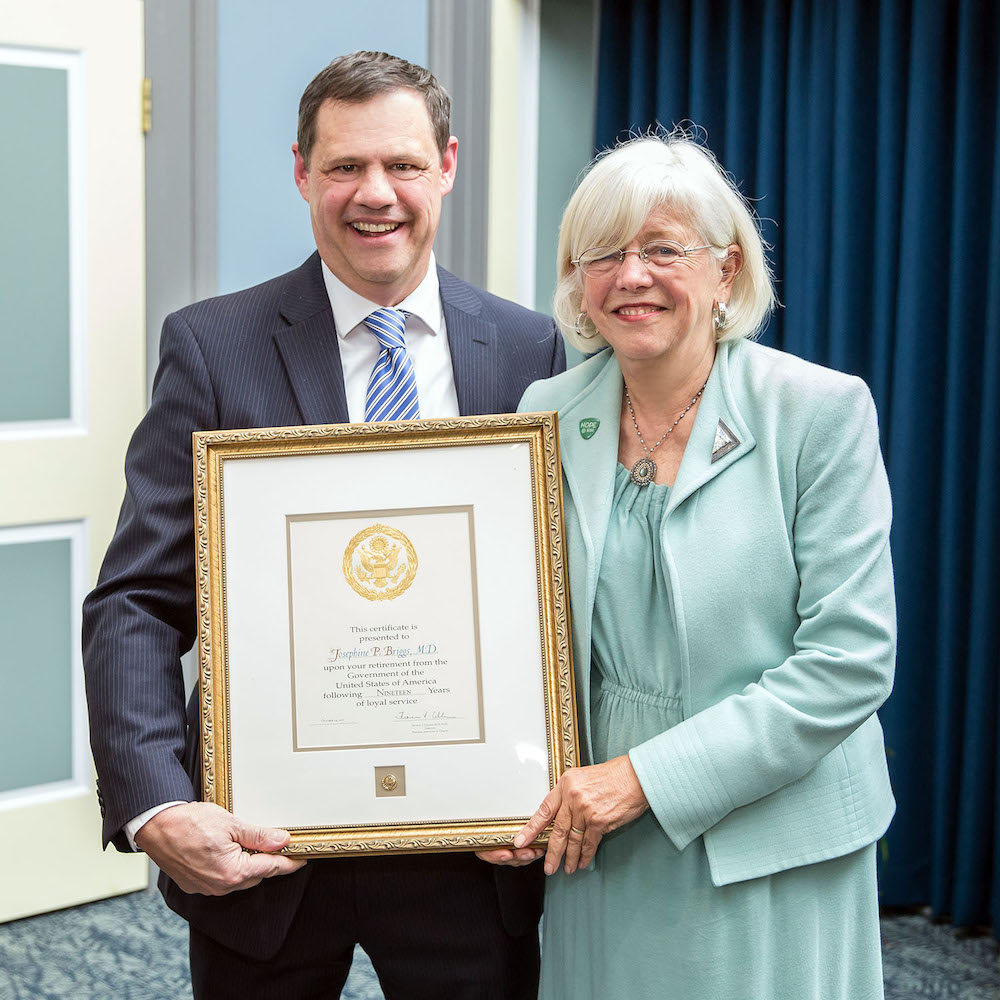
October 2017
The Center's Director, Dr. Josephine P. Briggs, retires and becomes editor-in-chief of the Journal of the American Society of Nephrology (JASN). Dr. David Shurtleff is named Acting Director.
October 2017
NCCIH launches “Know the Science,” an NCCIH initiative to clarify and explain to consumers scientific topics related to health research, is launched.
April 2018
NCCIH co-sponsors, with the NIH Office of Behavioral and Social Sciences Research (OBSSR) and several other NIH components, a roundtable workshop on the role of emotional well-being in health, to advance research in this area.
June 2018
NCCIH releases its first mobile app, HerbList™, which provides science-based information on herbs and herbal products.
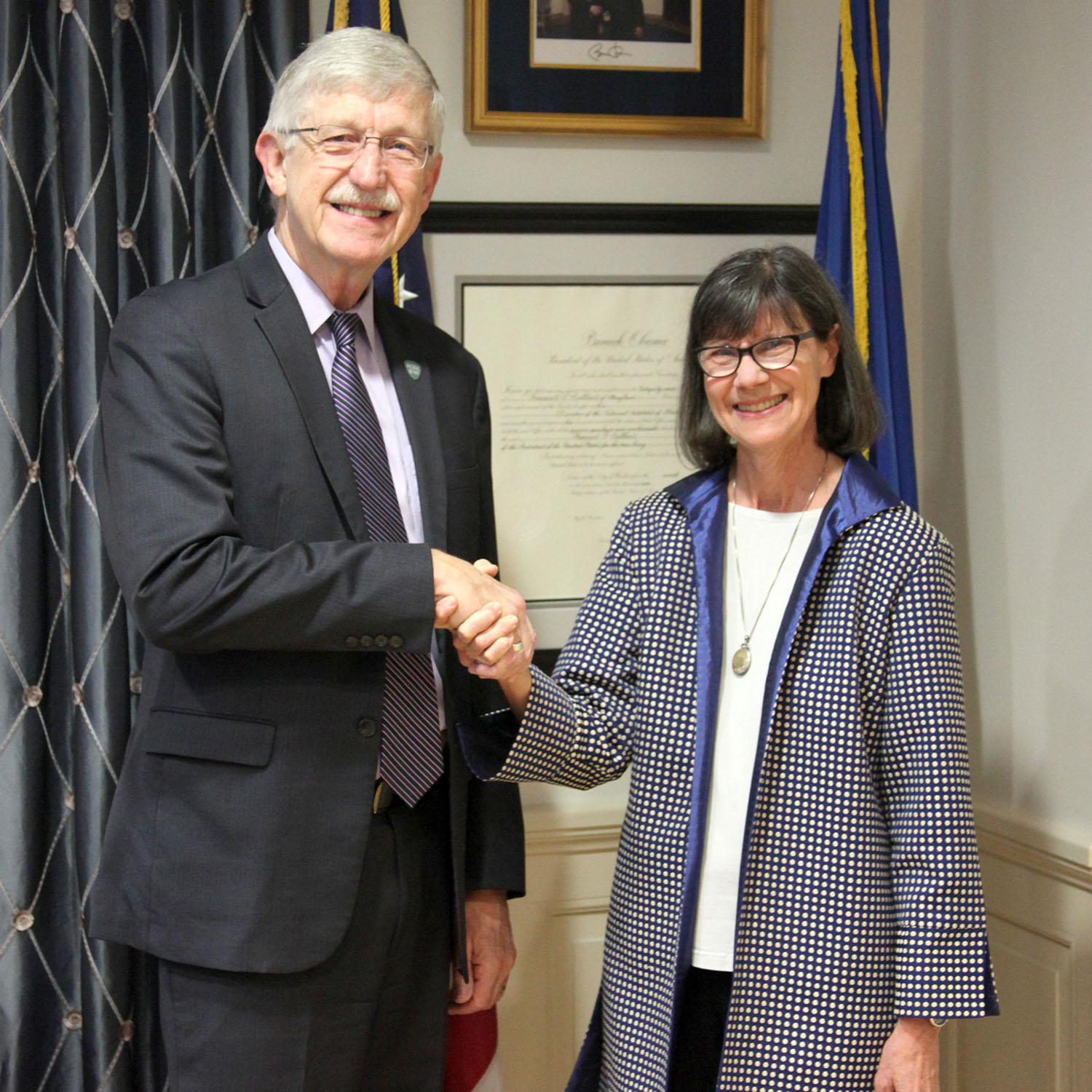
August 2018
NIH Director Dr. Francis Collins appoints Dr. Helene M. Langevin as NCCIH director.
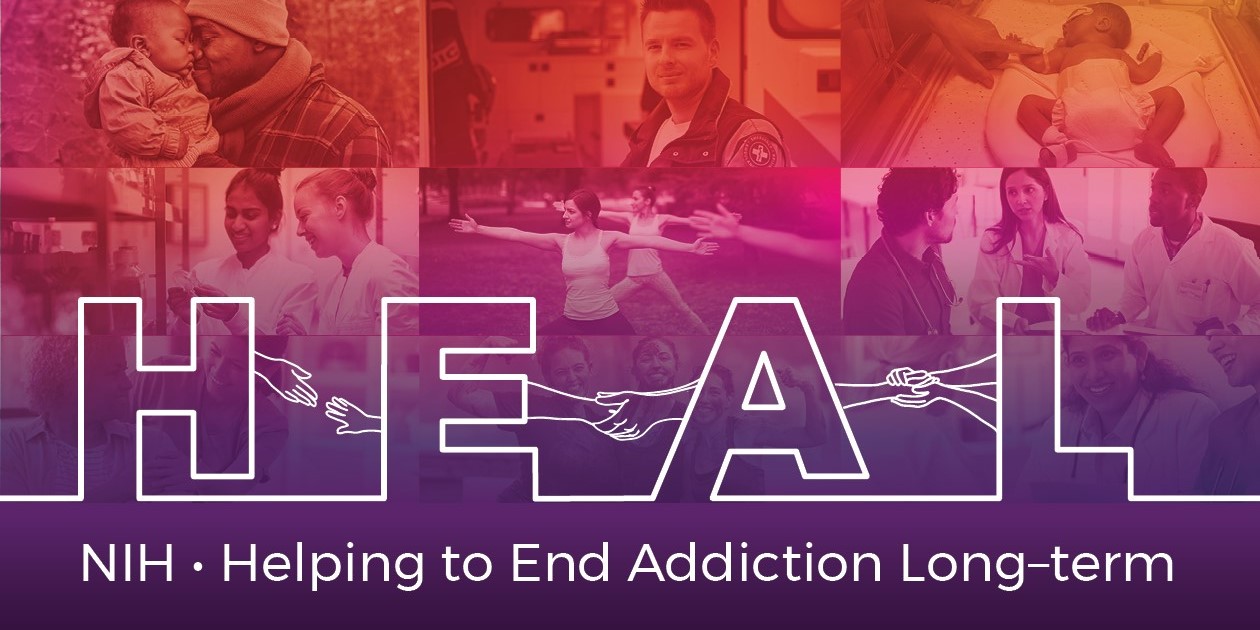
September 2018
NCCIH announces six research awards, co-funded from the NIH’s HEAL (Helping to End Addiction Long-term) Initiative, on behavioral interventions for primary or secondary prevention of opioid use disorder, or as complements to medication-assisted treatment. These projects supplement the Substance Abuse and Mental Health Services Administration’s State Targeted Response to the Opioid Crisis Grants initiative.
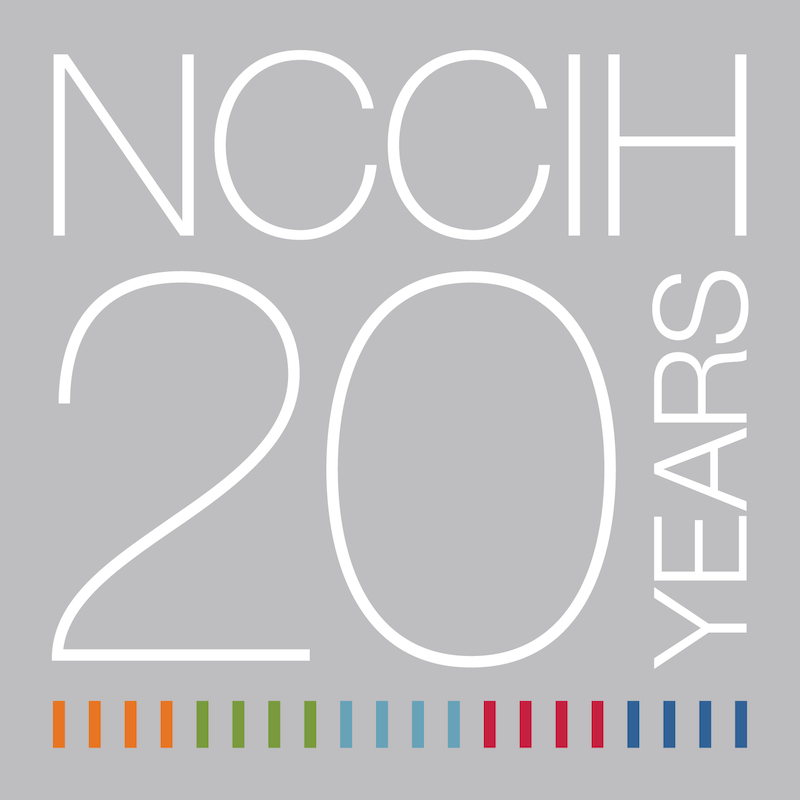
September 2019
NCCIH hosts a 20th anniversary research symposium including a keynote on “Why We Need a Pain Revolution: From Science to Practice,” lightning round presentations with early-stage investigators, and panel discussions on pain research in military and veteran populations as well as the future of natural products research.
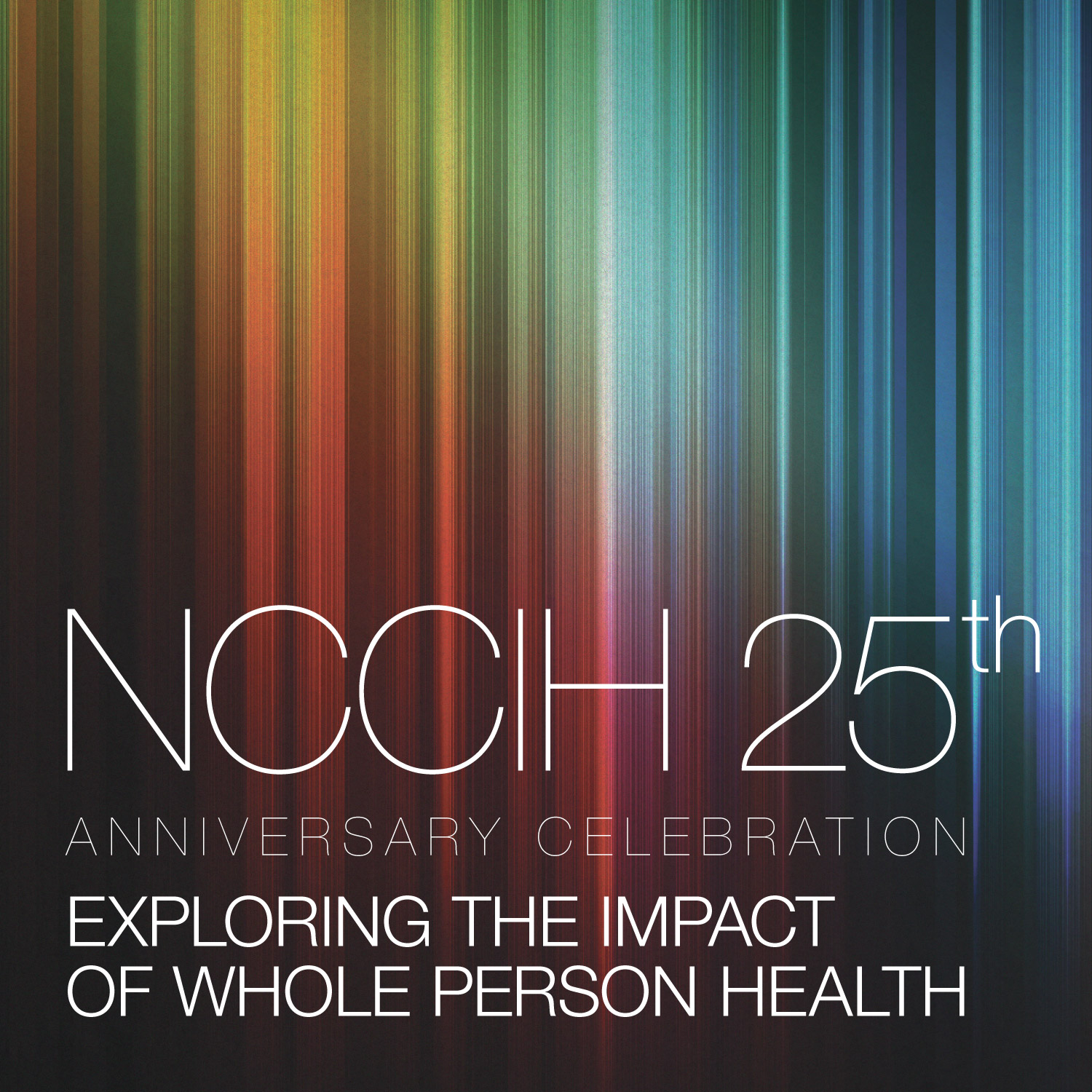
December 2024
NCCIH held a half-day symposium, “Exploring the Impact of Whole Person Health,” to celebrate the Center’s 25th anniversary. The keynote and panel presentations explored the economic and clinical impact of whole person health
